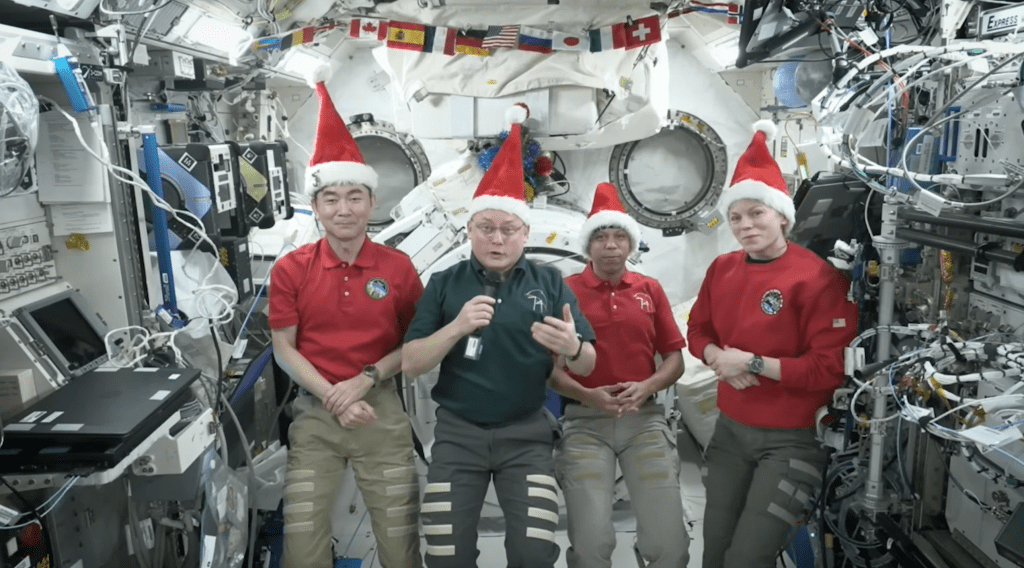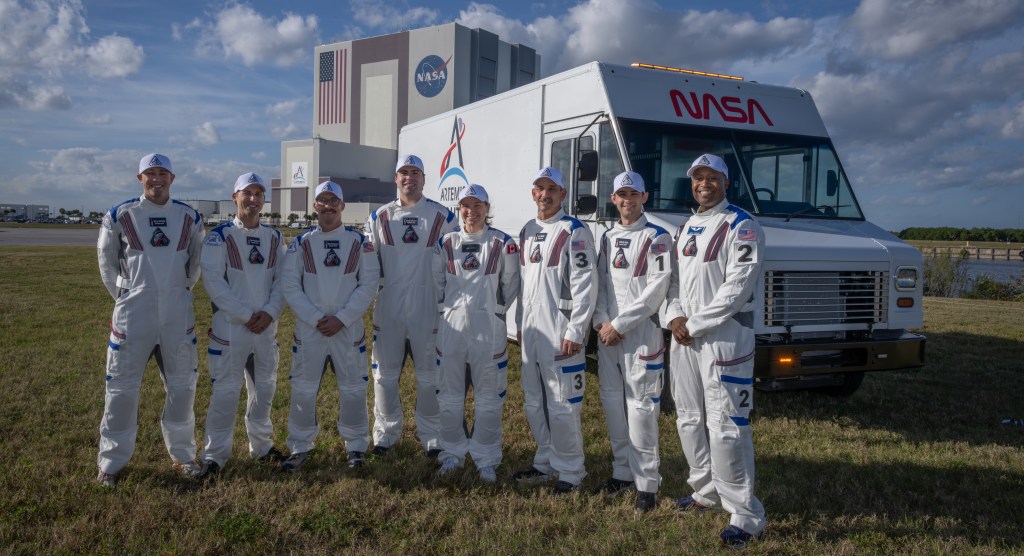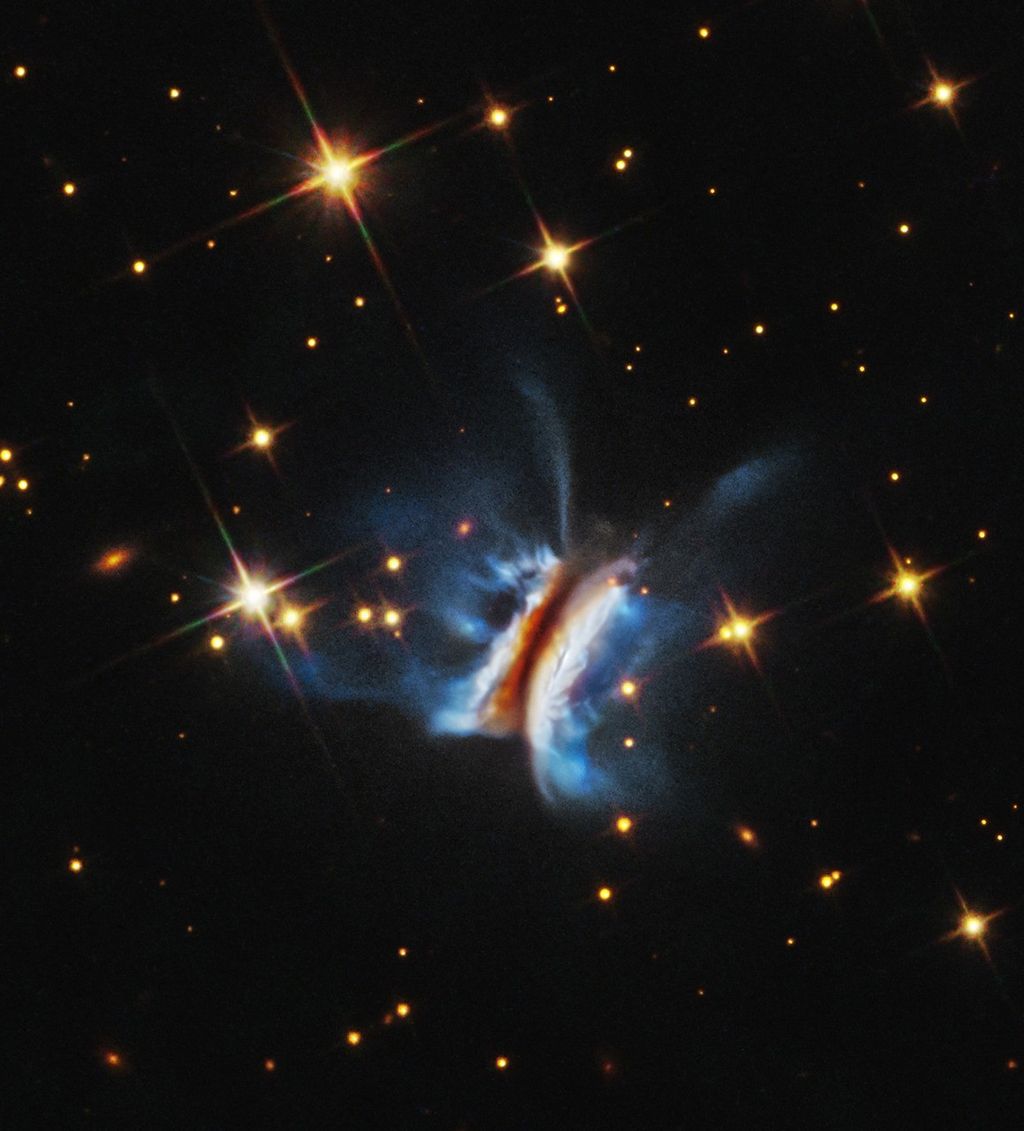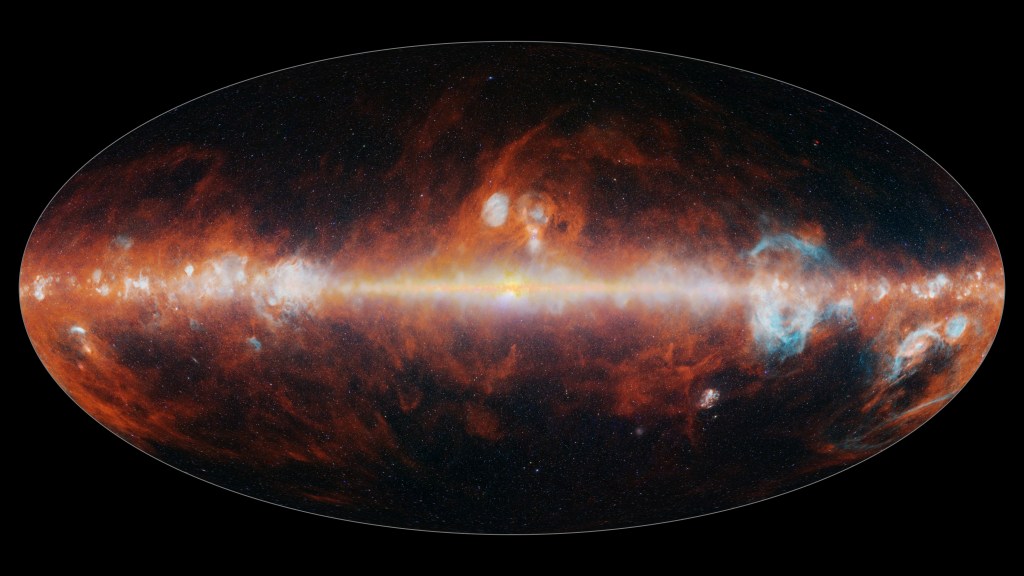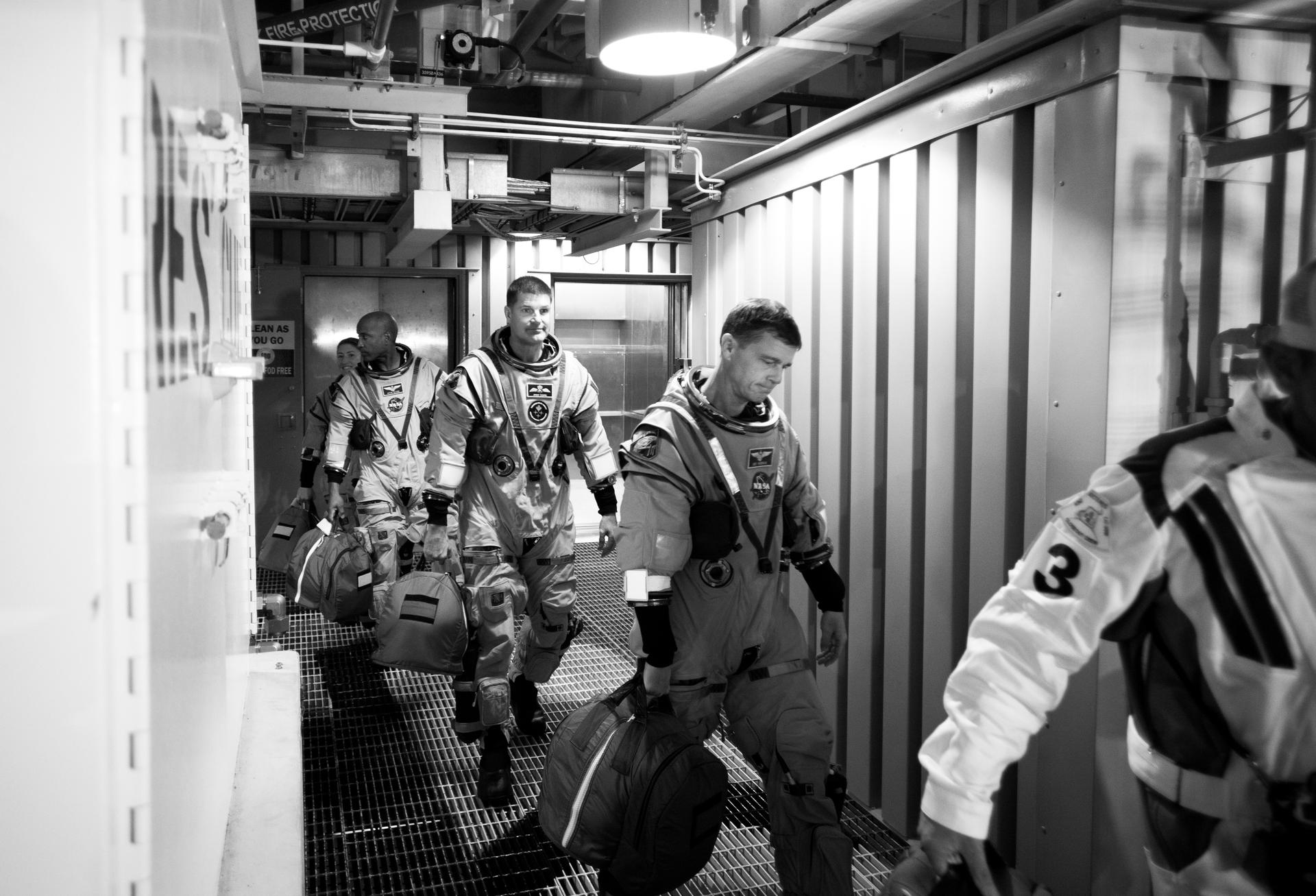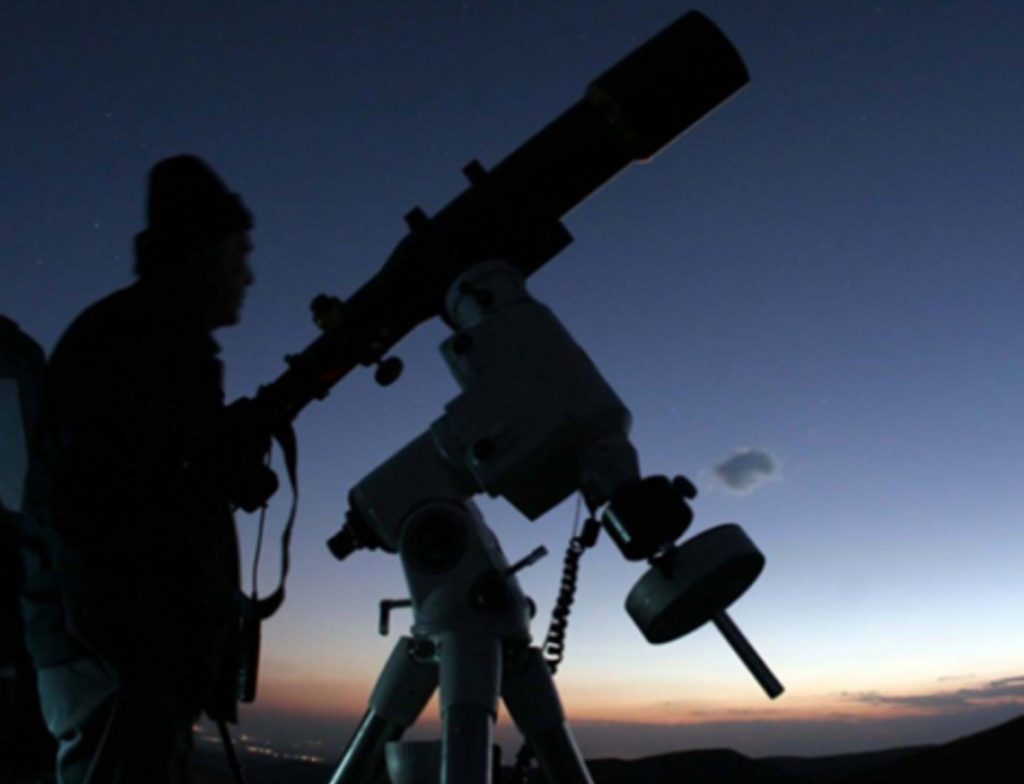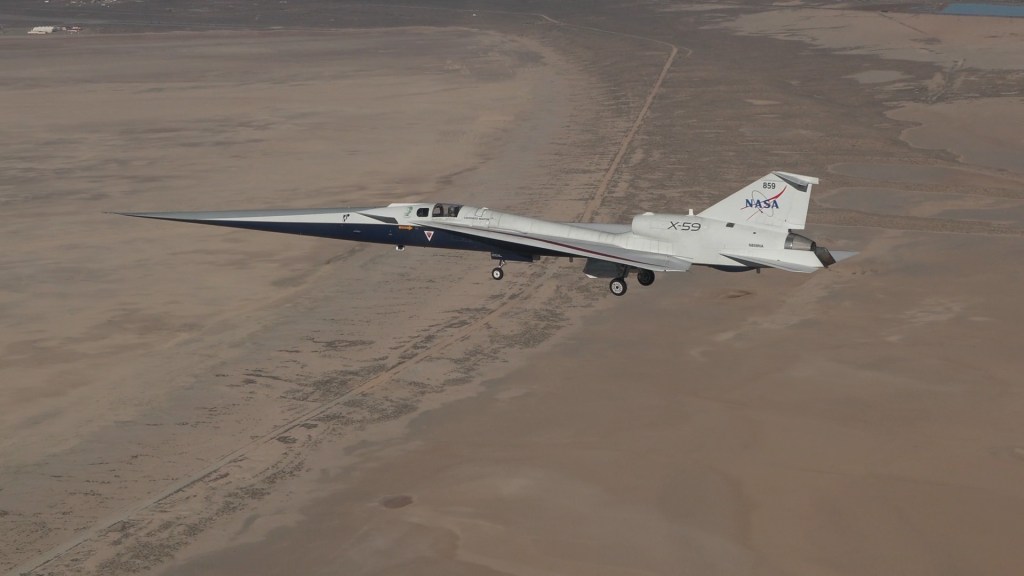Mission Facts About ESCAPADE
NASA’s ESCAPADE (Escape and Plasma Acceleration Dynamics Explorers) mission will study Mars’ real-time response to the solar wind, helping us better understand climate history of the Red Planet.
The ESCAPADE mission is the first coordinated multi-spacecraft orbital science mission to the Red Planet. Its twin orbiters will take simultaneous observations from different locations around Mars, which will reveal the planet’s real-time response to space weather and how the Martian magnetosphere changes over time.
The mission will analyze how Mars’ magnetic field guides particle flows around the planet, how energy and momentum are transported from the solar wind through the magnetosphere, and what processes control the flow of energy and matter into and out of the Martian atmosphere.
Each of the identical ESCAPADE spacecraft is about the size of a standard fridge and weighs around 460 pounds (209 kg) without fuel and around 1,180 pounds (535 kg) when fully fueled. The solar arrays, when deployed, stretch about 16 feet (4.9 meters) and will provide plenty of wattage to power the science mission, which requires about as much power as a tea kettle.
The ESCAPADE mission is part of NASA’s SIMPLEx (Small Innovative Missions for Planetary Exploration) program and is funded by the agency’s Heliophysics Division. The mission is managed by the Space Sciences Laboratory at the University of California, Berkeley, which is responsible for mission management, systems engineering, science leadership, navigation, operations, the electron and ion electrostatic analyzers, and science data processing and archiving.
Rob Lillis, Associate Director for Planetary Science at the UC Berkeley Space Sciences Laboratory, is the principal investigator of the ESCAPADE mission. Lillis was a founding science team member of NASA’s MAVEN (Mars Atmosphere and Volatile EvolutioN) mission, as deputy lead for the energy particle detector.
Rocket Lab designed, built, integrated, and tested the two ESCAPADE spacecraft at the company’s Space Systems Production Complex and Headquarters in Long Beach, California, and features Rocket Lab-built components and subsystems, including solar panels, star trackers, propellant tanks, reaction wheels, reaction control systems, radios, and more.
NASA’s Goddard Space Flight Center in Greenbelt, Maryland, supplied the ESCAPADE magnetometer, which sits at the end of each spacecraft’s 2-meter boom and measures the ambient magnetic field in the different plasma regions encountered as they orbit Mars.
Additional key partners include Embry-Riddle Aeronautical University in Daytona Beach, Florida, which designed and built the Langmuir probes for the spacecraft; Advanced Space LLC in Westminster, Colorado, provided mission design; and Blue Origin of Kent, Washington, which is providing the launch on the second flight of its New Glenn rocket.
NASA’s Launch Services Program, based at NASA’s Kennedy Space Center in Florida, secured launch services under the VADR (Venture-class Acquisition of Dedicated and Rideshare) contract. The VADR contract provides a broad range of Federal Aviation Administration-licensed commercial launch services capable of delivering payloads including CubeSats and Class D missions that are higher risk tolerant to a variety of orbits.
Learn more about the mission at:

